Content by Ryan E. Day

Wed, 08/08/2018 - 12:01
‘In God we trust; all others bring data.” “Follow the data.” “Let the data talk.” Nice clichés, but there’s one problem... data can’t talk. In fact, data don’t say a darn thing. Data are bits of raw information. If you want to reduce product…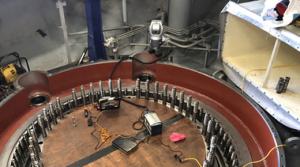
Mon, 08/06/2018 - 12:02
Factory and industrial inspections are the backbones of robust quality assurance programs. Inspection is also an integral part of machine system installation and maintenance, as well as in-situ repairs and retrofits. This is why highly competent…
Thu, 06/21/2018 - 12:03
Henry Ford is credited with the cheeky quote, “If I had asked people what they wanted, they would have said, ‘A faster horse.’” But, people didn’t get a faster horse (which may indeed have been what they wanted). What we did get was a machine that…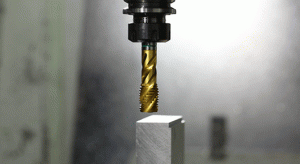
Mon, 06/18/2018 - 12:03
Business partnerships are nothing new. Partnerships that result in leaner manufacturing processes, more consistent quality, and lower manufacturing costs—that is worth talking about.
With global competition so fierce, manufacturers must always be…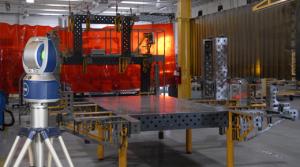
Mon, 06/11/2018 - 12:03
Advanced Integration Technology (AIT) serves the world’s largest and most technologically advanced aerospace OEMs and tier one suppliers, including Boeing, Airbus, Lockheed Martin, Northrop Grumman, BAE, Embraer, Spirit AeroSystems, Triumph, and…
Thu, 05/31/2018 - 12:01
With the threat of a trade war between China and the United States looming, business relations between Asia and the West have not been this hot a topic since the Japanese Economic Miracle that was birthed shortly after WW II. Today, it is China’s…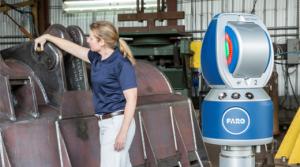
Mon, 05/14/2018 - 12:03
You run a manufacturing business, so you know how it goes. The cost of doing business and manufacturing product never decreases. You know that your revenue must increase just to keep up. You also know that merely maintaining your revenue status quo…
Wed, 05/09/2018 - 12:03
Unily is a leading digital workplace platform designed by BrightStarr to improve engagement, productivity, and efficiency for global enterprises. Unily is also a SaaS solution. That is, it’s served up via the cloud. Meaning that—with more than a…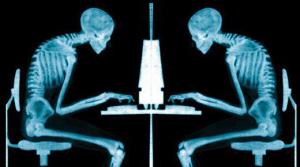
Thu, 04/26/2018 - 12:03
So, the Quality Digest team is considering a transition to working remotely for the most part. I and two other associates already do. In part one of this series, I outlined my ad-hoc attempt at creating a computer work space at home. The result was…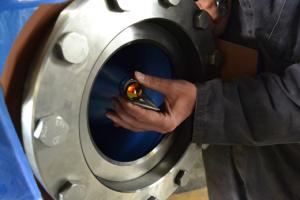
Tue, 04/17/2018 - 12:03
Invented in 1987 and commercially available since 1991, laser trackers have long been a mainstay of the aerospace industry. Automotive manufacturers have also adopted laser trackers for quality control (QC) and design. The fact is, any industry…